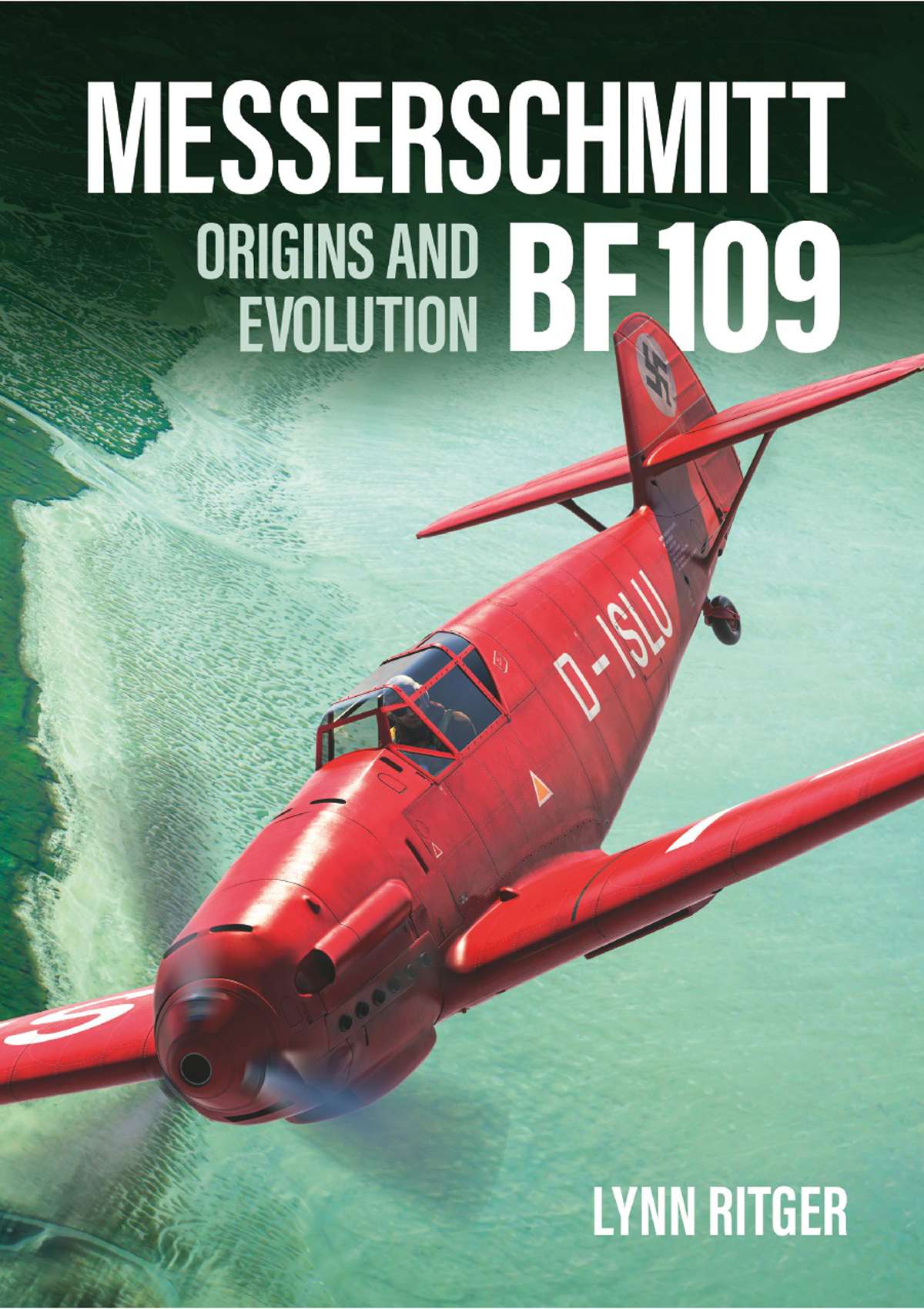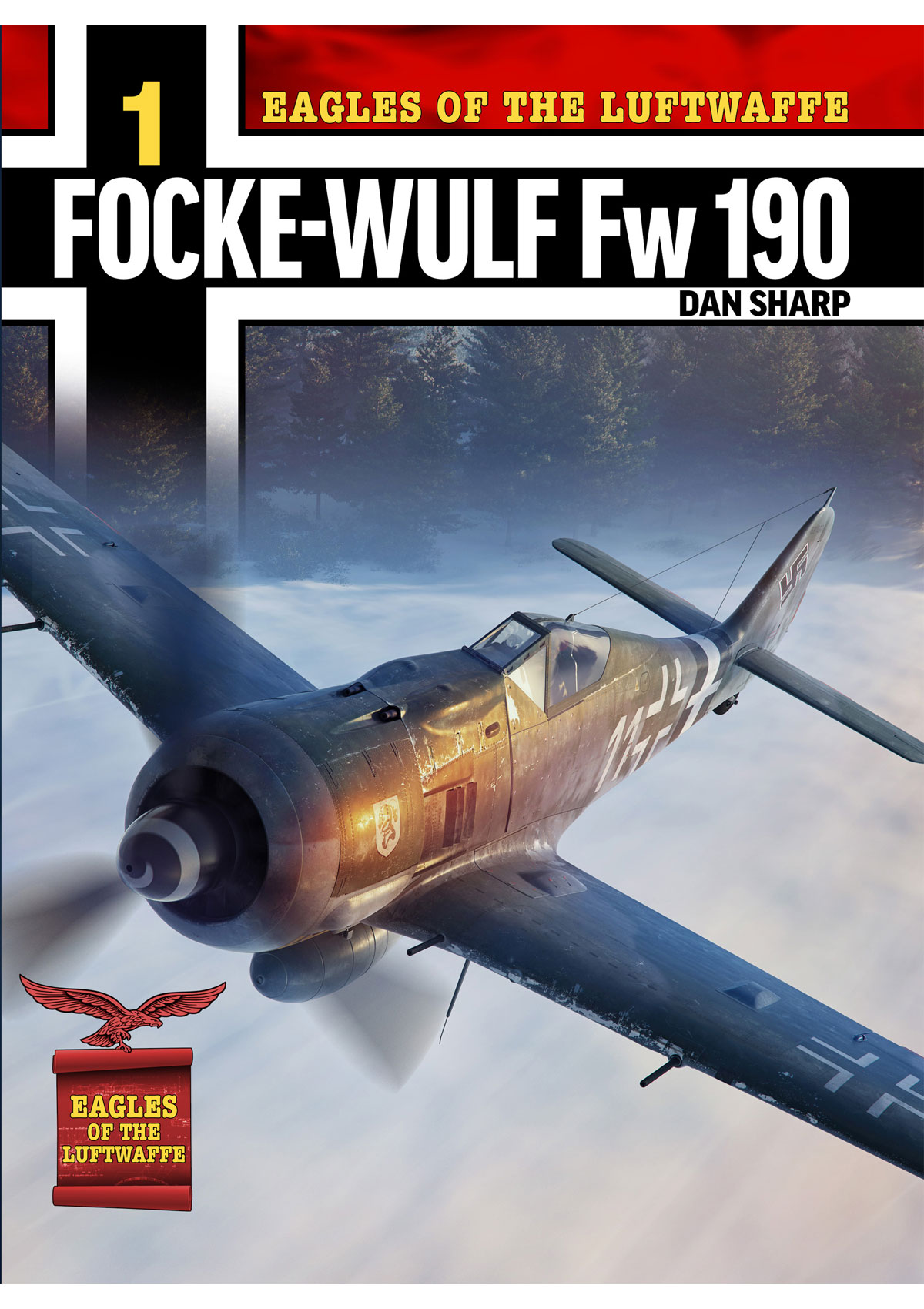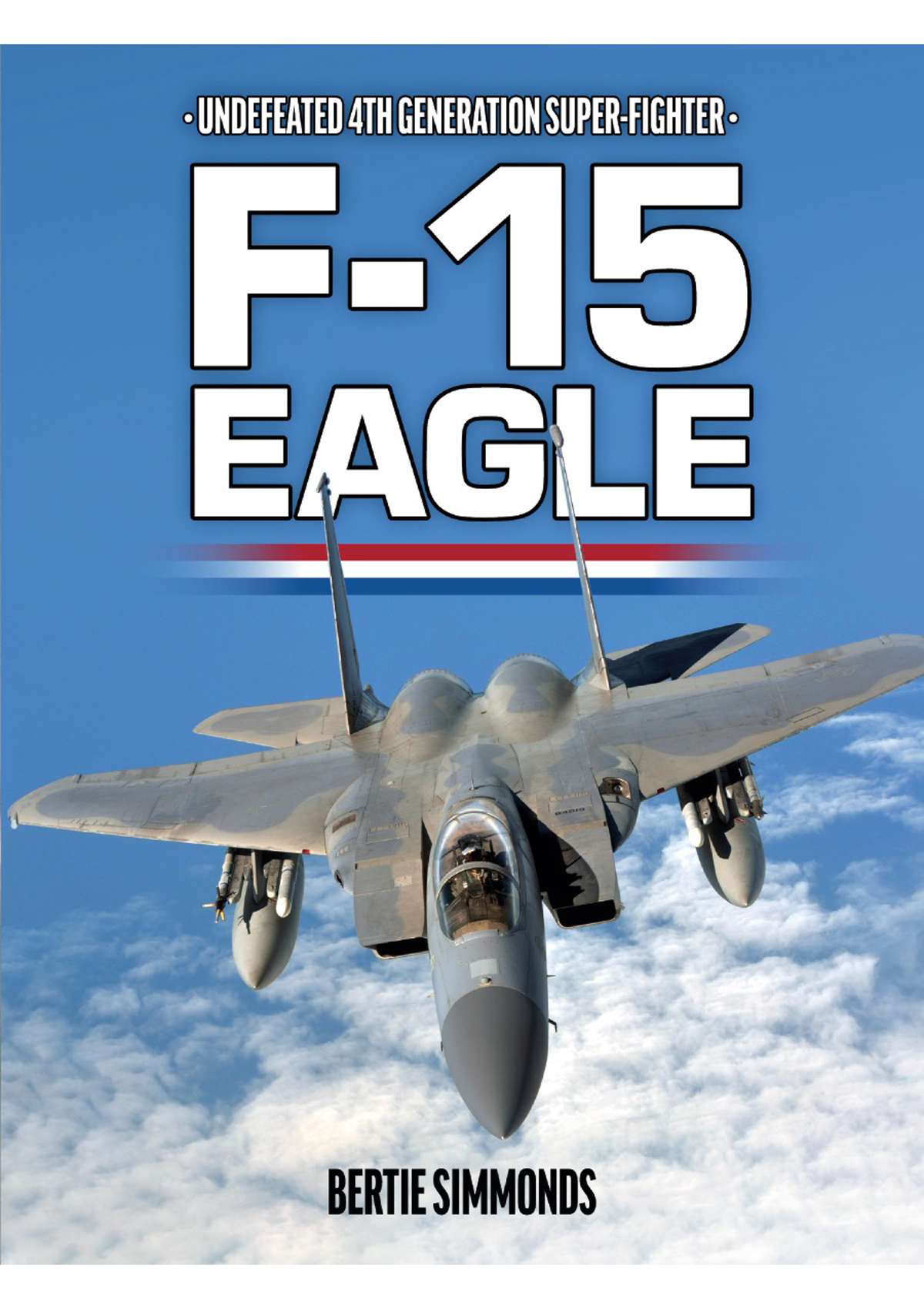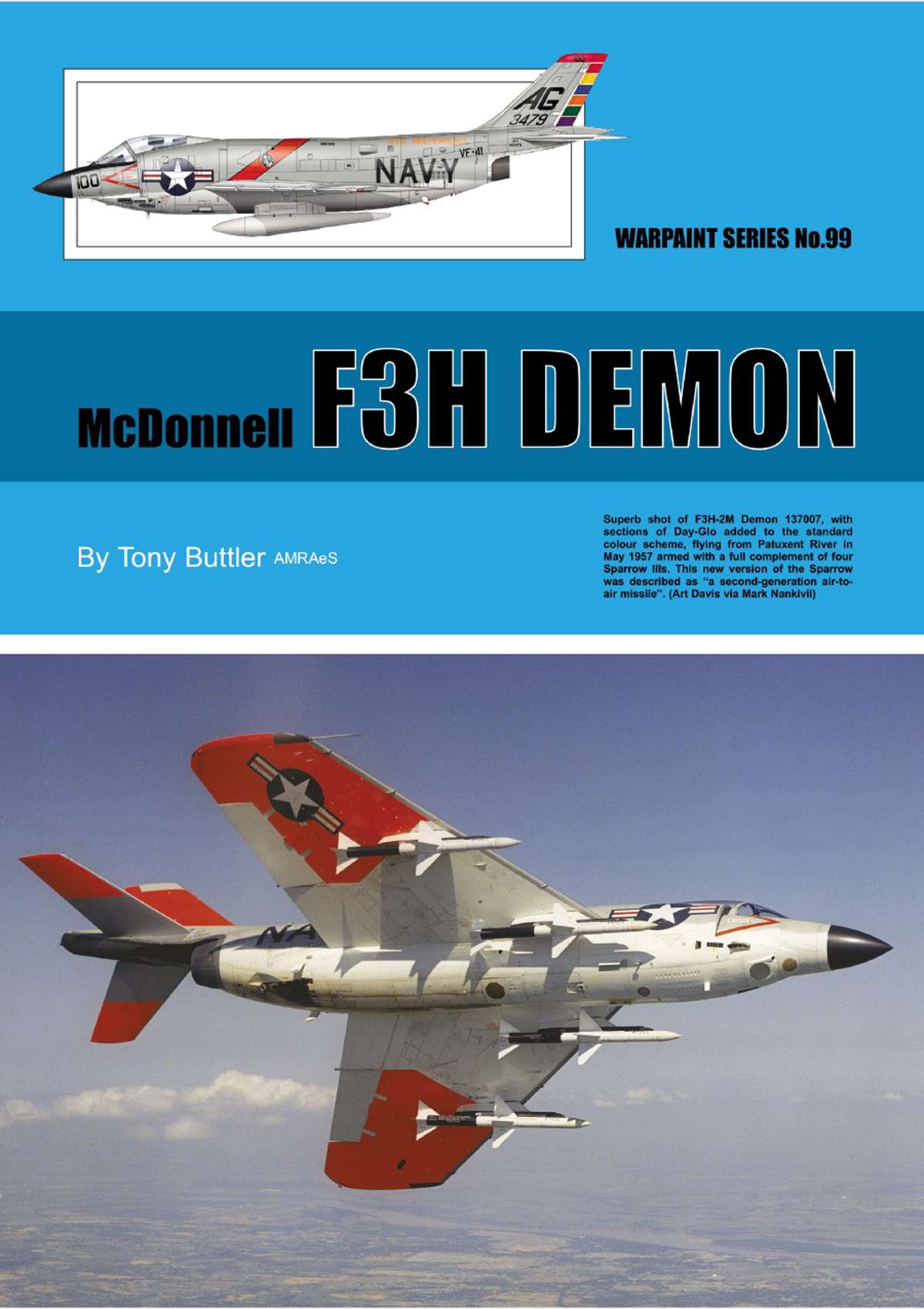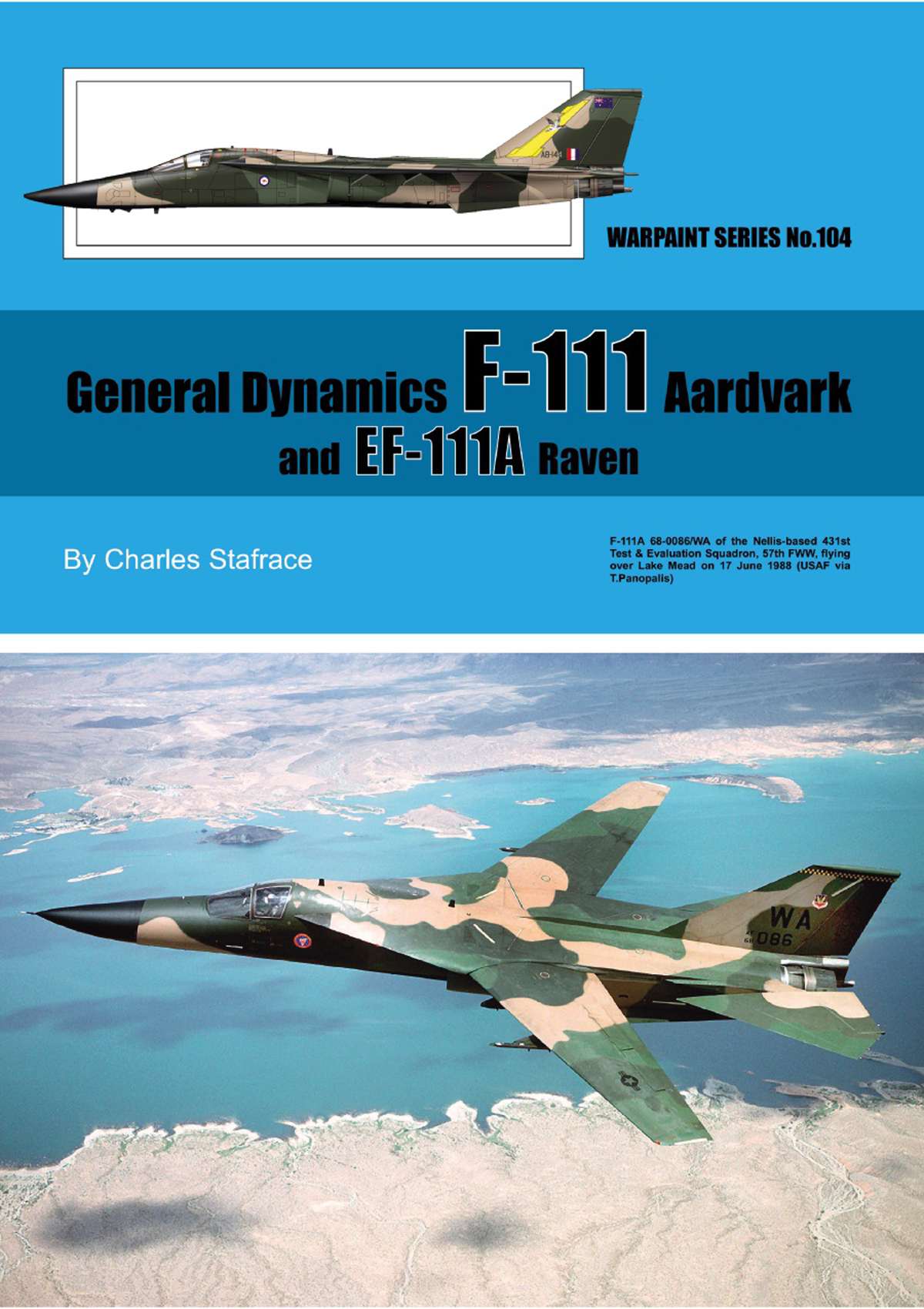Messerschmitt Bf 109 - Origins and Evolution
By Lynn Ritger
The most produced fighter aircraft in history, and arguably the single most important German aircraft of the Second World War, the Messerschmitt Bf 109 was unquestionably the most advanced fighter in the world when it first flew in May 1935. The scale of the development and production effort by Messerschmitt and its subcontractors over the next ten years to fulfil the operational needs of the Luftwaffe resulted in a seemingly endless variety of modifications to every aspect of the aircraft, from engines and weapons down to radios and tailwheels. Political gamesmanship and often heated discussions between Luftwaffe leaders and Messerschmitt company representatives, striving to keep their most successful product relevant in the face of ever-increasing Allied threats, also had a role to play in the developmental history of the Bf 109.
In Messerschmitt Bf 109 – Origins and Evolution, historian Lynn Ritger examines in detail the development of the Bf 109 family across its entire lifespan, from the first flight of the Bf 109 V1 to the last operational flight of a Spanish Hispano Ha 1112 M in 1965. Drawing upon original documentation from archival sources, including RLM meeting minutes and planning documents, intelligence reports, production records, factory handbooks, and front-line unit reports, Ritger traces the technical history of the Bf 109, illustrating prototype and service variant development, production batch differences, internal and external equipment and ordnance fitment, factory specific equipment and finish details, postwar variants developed in Czechoslovakia and Spain, and unrealised design proposals.

